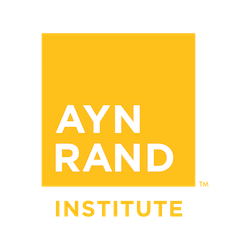 Power Hungry: The Myths of “Green” Energy and the Real Fuels of the Future by Robert Bryce
Power Hungry: The Myths of “Green” Energy and the Real Fuels of the Future by Robert Bryce
My rating: 5 of 5 stars
Power Hungry is an excellent primer on energy, specifically for all those who have been led to believe that there is a future by only using the “green” renewables that modern day propaganda seem to like so much.
First and foremost, it clarifies the difference between energy and power, and why we should not really care about energy per se, but rather focusing on power.
The introduction of the “Four Imperatives” then becomes a measuring scale to understand why we must have a mixed balance in our energy sources portfolio, and why certain sources are better than others.
The main reason is clearly spelled at the beginning of chapter 8: “Density is green”. The denser an energy source, the denser the power generated, the better.
Power density relates to how much real estate is needed in order to harvest the same amount of energy using different sources. Fossil fuels and nuclear are kings here.
Energy density is about how much energy is contained in the same amount of mass or volume. Here nuclear beats by far all other sources, because of simple physics. Fossil fuels come next, while renewables rank very low on this scale.
Cost is fairly self-explanatory to most people, though one should always consider all the factors when calculating costs, something that the supporters of “green” renewables seldom do. It would be unfair to compare solar (which produces power at best 50% during a 24 period), wind (maximum 30-40% on average) to fossil fuels and nuclear (with power generated very close to 100% of the time). If we do not add the additional gas-fired plants and infrastructure to the cost of “green” renewables, we are not making things any clearer, we are rather muddling the waters.
Scale is the last of the Four Imperatives, also very important. It relates to power density and energy density, clearly, and is probably the biggest issue in the “green” renewables field. I have always wondered how could solar PV produce enough for a medium to large city, day and night. This is still very much an open question.
The book is a must-read for all those who would like to cut thru the propaganda and get down to hard facts and figures. Granted, this book is now somewhat out-of-date, it was written before March 2011 when the tragic earthquake and tsunami which put the Fukushima Dai-ichi NPP out of service with much media coverage of a non-event (not one person died from the little radiation spewed out from the damaged reactors, yet a lot of people died from unreasonable acts including evacuation of an elder people housing complex in the middle of night).
Some figures today might be different, as the push toward more “green” renewables is ongoing, using a lot of taxpayer’s money all around the world.
But politicians cannot change the hard facts of physics, and this book will clearly show you why.
View all my reviews


